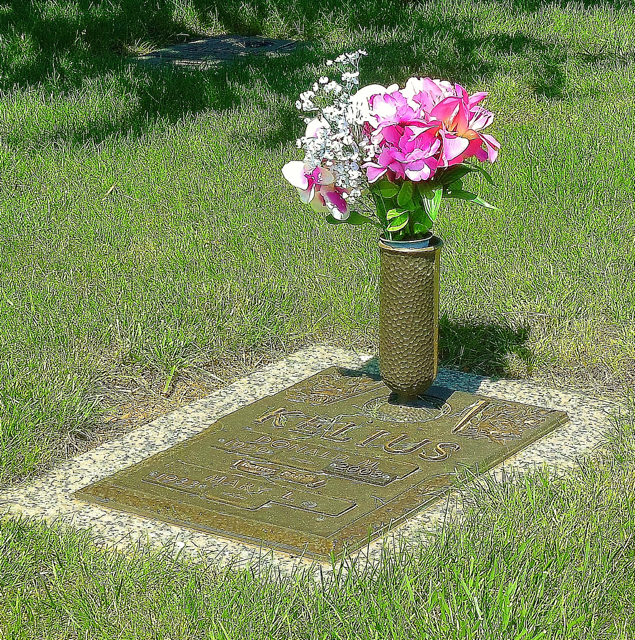Empowering Independence: Rethinking Senior Care Center Dynamics
As I sat in rush hour traffic, I couldn't help but think about the parallel between the lack of freedom for dogs on a leash and the lack of choice for seniors in care homes. Read my thoughts on this issue and how we can advocate for individuality and freedom for our older generation.

By Derek Fisher
As I navigated the familiar rush hour traffic on my way to work, a scene caught my attention – two ladies strolling with their dogs on leads. A common sight, I thought. Yet, as I observed closely, a profound metaphor unfurled before me – one that illuminated the lack of personal freedom experienced by seniors in care centers.
The dogs, obediently tethered, walked alongside their owners. However, at intermittent intervals, the dogs displayed curiosity, attempting to explore their surroundings and indulge their senses. Yet, each time they reached the limit of their leads, the owners tugged gently, dictating their course. These loyal companions had no choice but to follow.
This simple scenario set my mind racing. It resonated with a broader issue – human beings, especially seniors, subjected to regimentation, their lives scripted to predetermined schedules in care centers. A reflection on control and freedom unfolded as I continued to sit in traffic.
Consider the senior residents of care centers, their lives dictated by scheduled routines – breakfast at 9:00 AM, lunch at noon, tea in the lounge at 3:00 PM, and supper at 6:00 PM. Their days structured, rising at 8:00 AM and retiring to bed by 10:00 PM, unless altered by staff for unspecified reasons. While I acknowledge health-related considerations for certain schedules, it's evident that such regimentation extends beyond necessity.
Yet, can we, as outsiders, entirely grasp the motivations behind these schedules? Do we unconsciously control the lives of seniors in ways akin to the dog owners manipulating their pets' movement? Are we, in essence, the "controllers" in their lives?
I acknowledge that in some cases, these routines could be in the best interest of the seniors, mirroring the dog owners' actions for safety's sake. But in the majority of instances, is it a matter of convenience for the staff – the "controllers" – rather than a consideration of the seniors' individual preferences?
It's crucial to differentiate between the necessity of structured care and the subtle encroachment on personal autonomy. Often, seniors are ushered into lounges with televisions, guided through activities, their choices influenced by staff members who assume they know what's best. Yet, how often do these residents have a say in whether they desire to partake in these activities in the first place?
My grandmother's experience in a care home remains etched in my memory. She sat stationed by a wall, facing a television, as if a passive spectator in her own life. While times may have evolved, such practices still persist.
Reflecting on the parallel between the restrained dogs and controlled seniors, I arrive at a simple yet profound realization – we all, to varying degrees, embody the role of the "controllers." We subtly manipulate situations to suit our convenience, bending the flow of events to align with our preferences. If an action aligns with our desires, it's embraced; otherwise, it's disregarded.
Consider your own day – how often do you exercise control over your actions? How frequently do you adhere to schedules or patterns that may not necessarily resonate with your personal inclinations?
This isn't to liken humans to dogs, but rather to underscore the shared theme of control and choice. The dogs' owners may choose to let them explore when it suits them, just as we decide when to grant ourselves autonomy.
In a broader context, these reflections invite us to examine our relationship with the seniors in care centers. Are we inadvertently perpetuating an environment where their autonomy is subdued by our well-intentioned actions? How can we strike a balance between safeguarding their well-being and respecting their desires?
As an advocate for individuality and freedom, I urge us to contemplate the significance of choice in the lives of seniors. Let's strive for a harmonious equilibrium between structured care and personal freedom, recognizing that the essence of humanity is woven into the fabric of autonomy.
Thank you for allowing me to share my musings once more. In my next piece, I look forward to delving into the primacy of the individual and the essence of authentic expression.
Our Resources section can help you find the information and tools that you need. We have courses, videos, checklists, guidebooks, cheat sheets, how-to guides and more.
You can get started by clicking on the link below. We know that taking care of a loved one is hard work, but with our help you can get the support that you need.
Click here to go to Resources Section now!
You might also like this article:

